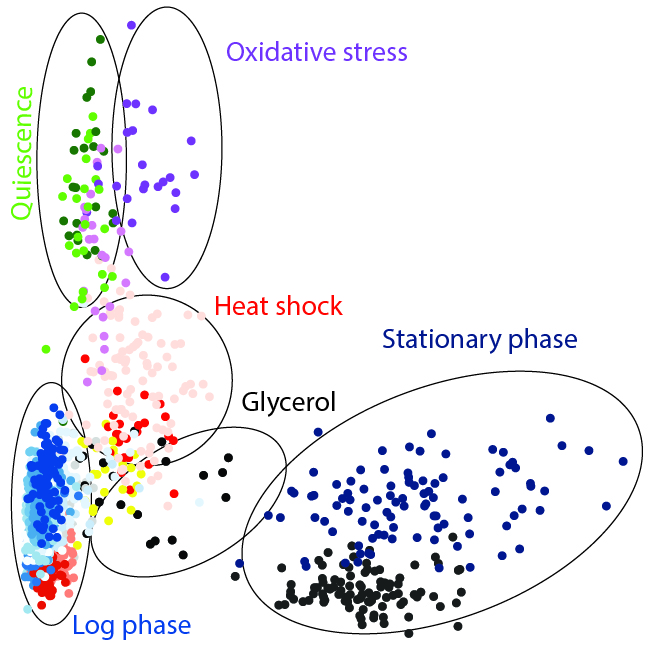

The fission yeast genome can thus be said to be 'less redundant' than that of budding yeast this has been empirically known, but now we can put a number on redundant genes. Using the same type of comparison in budding yeast, 5,061 genes are unique while 716 fall into groups that have two or more members. pombe genome itself, while the remaining 361 genes' products are distributed among groups of proteins that have two or more members. 'All against all' sequence comparisons indicate that 4,515 genes among the total 4,876 have no homologs within the S. pombe will for some time to come hold an honorable position as the eukaryote with the fewest genes.Īround two-thirds of the predicted fission yeast proteins have homologs in both budding yeast and nematode, and only 14% are found in neither budding yeast nor nematode. It is a matter of judgment whether this number seems small or large for the task of creating a eukaryotic cell from molecular components in any case, S. As the bacterium Streptomyces coelicolor has 7,846 genes, two conclusions that can be drawn are that a free-living eukaryote can be constructed with fewer than 5,000 genes, and that it may even need fewer genes than some prokaryotes. This 'lower' eukaryotic unicellular organism has 4,824 predicted genes, the smallest number recorded for a eukaryote and significantly fewer than the 5,570-5,651 genes predicted for budding yeast. pombe holds no hint of a large-scale genomic duplication of the type that occurred in budding yeast and many other organisms there is a small (approximately 50 kilobase) duplication near the telomere, however. (Unit II) Identification of the different parts of an embryo of a dicot seed (Pea, gram or red kidney bean).The sequenced genome of S.(Unit III Chapter 11) Tracing the path of the rays of light through a glass prism.(Unit II Chapter 8) Studying (a) binary fission in Amoeba, and (b) budding in yeast and Hydra with the help of prepared slides.Measure the angle of incidence, angle of refraction, angle of emergence and interpret the result. (Unit III Chapter 10) Tracing the path of a ray of light passing through a rectangular glass slab for different angles of incidence.Convex lens by obtaining the image of a distant object.(Unit III Chapter 10) Determination of the focal length of:.(Unit I) Study of the comparative cleaning capacity of a sample of soap in soft and hard water.Reaction with Sodium Hydrogen Carbonate.(Unit I) Study of the following properties of acetic acid (ethanoic acid):.(Unit II Chapter 6) Experimentally show that carbon dioxide is given out during respiration.(Unit II) Preparing a temporary mount of a leaf peel to show stomata.
FISSION YEAST SERIES
(Unit IV) Determination of the equivalent resistance of two resistors when connected in series and parallel.(Unit IV Chapter 12) Studying the dependence of potential difference (V) across a resistor on the current (I) passing through it and determining its resistance.(Unit I Chapter 3) Observing the action of Zn, Fe, Cu and Al metals on the following salt solutions:Īrranging Zn, Fe, Cu and Al (metals) in the decreasing order of reactivity based on the above result. Reaction between sodium sulphate and barium chloride solutions.Iron nails kept in copper sulphate solution.Action of heat on ferrous sulphate crystals.(Unit I Chapter 1) Performing and observing the following reactions and classifying them into:.(Unit I Chapter 2) Studying the properties of acids and bases (HCl & NaOH) on the basis of their reaction with: (Unit I) Finding the pH of the following samples by using pH paper/universal indicator:ī. Practical should be conducted alongside the concepts taught in theory classes. Class 10 Science 2023-24 Practical List Periodic Assessment (10) + Student Enrichment (Practical Work) (05) + Portfolio (05) Chemical Substances - Nature and Behaviour


 0 kommentar(er)
0 kommentar(er)
